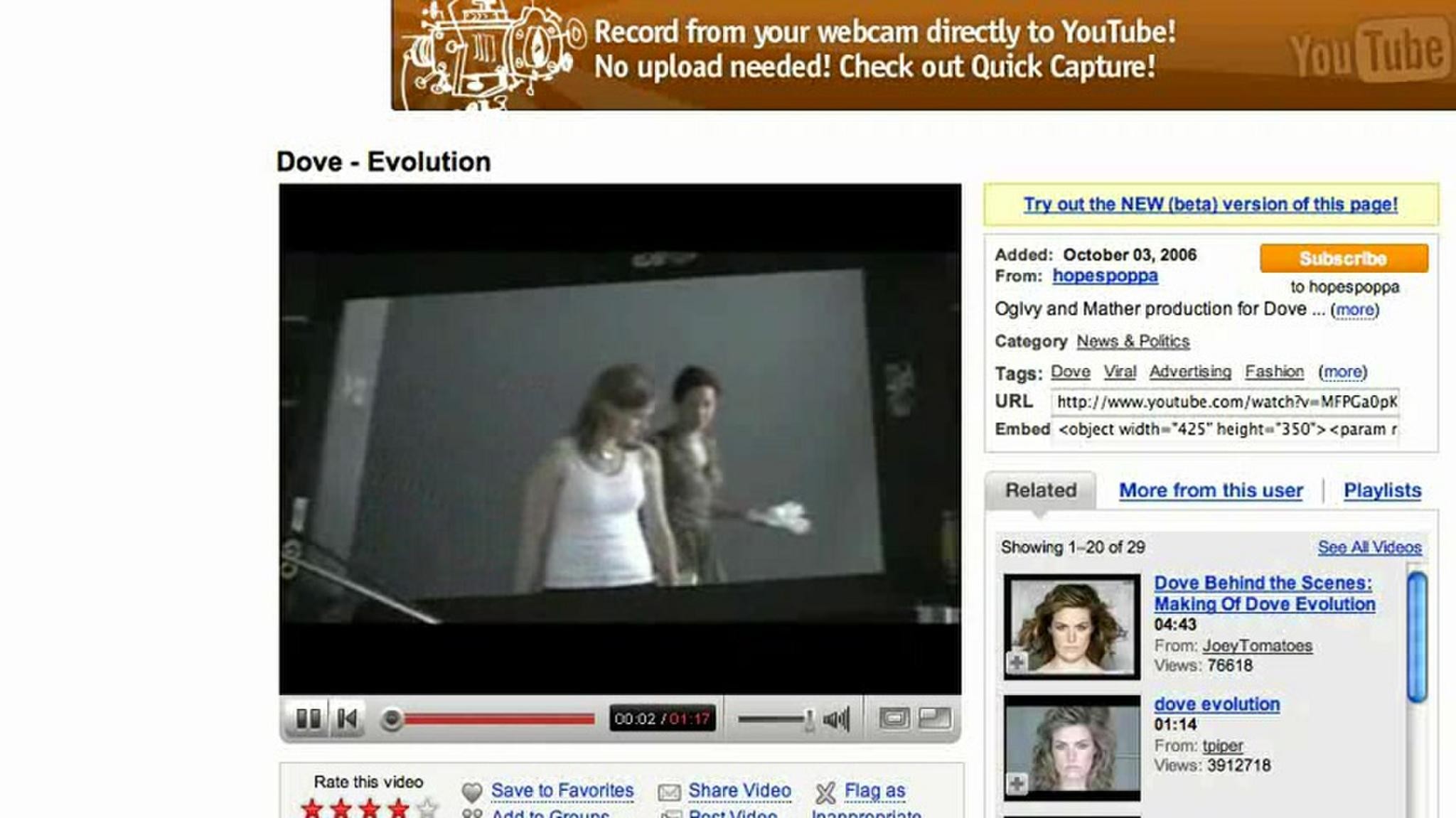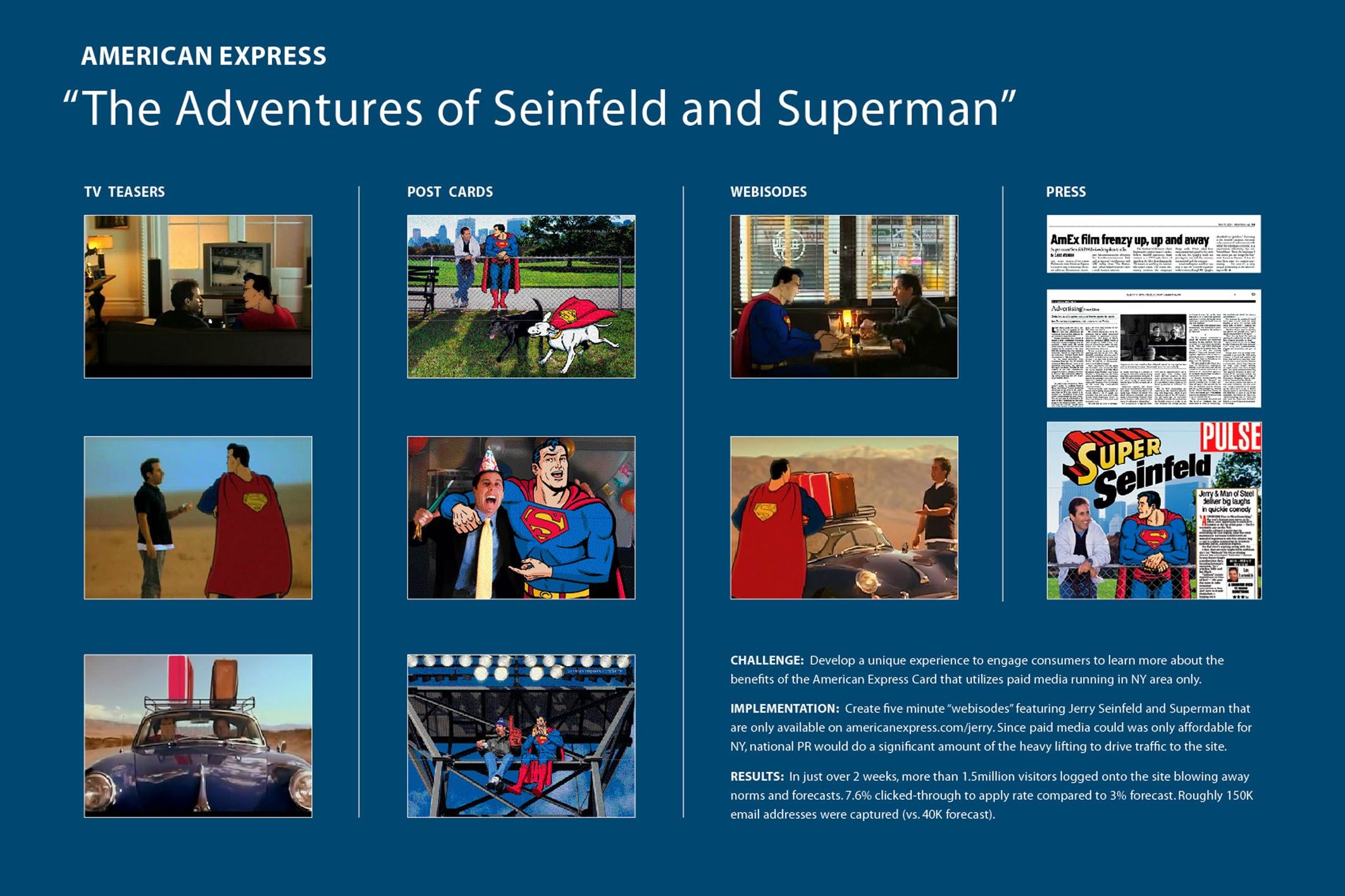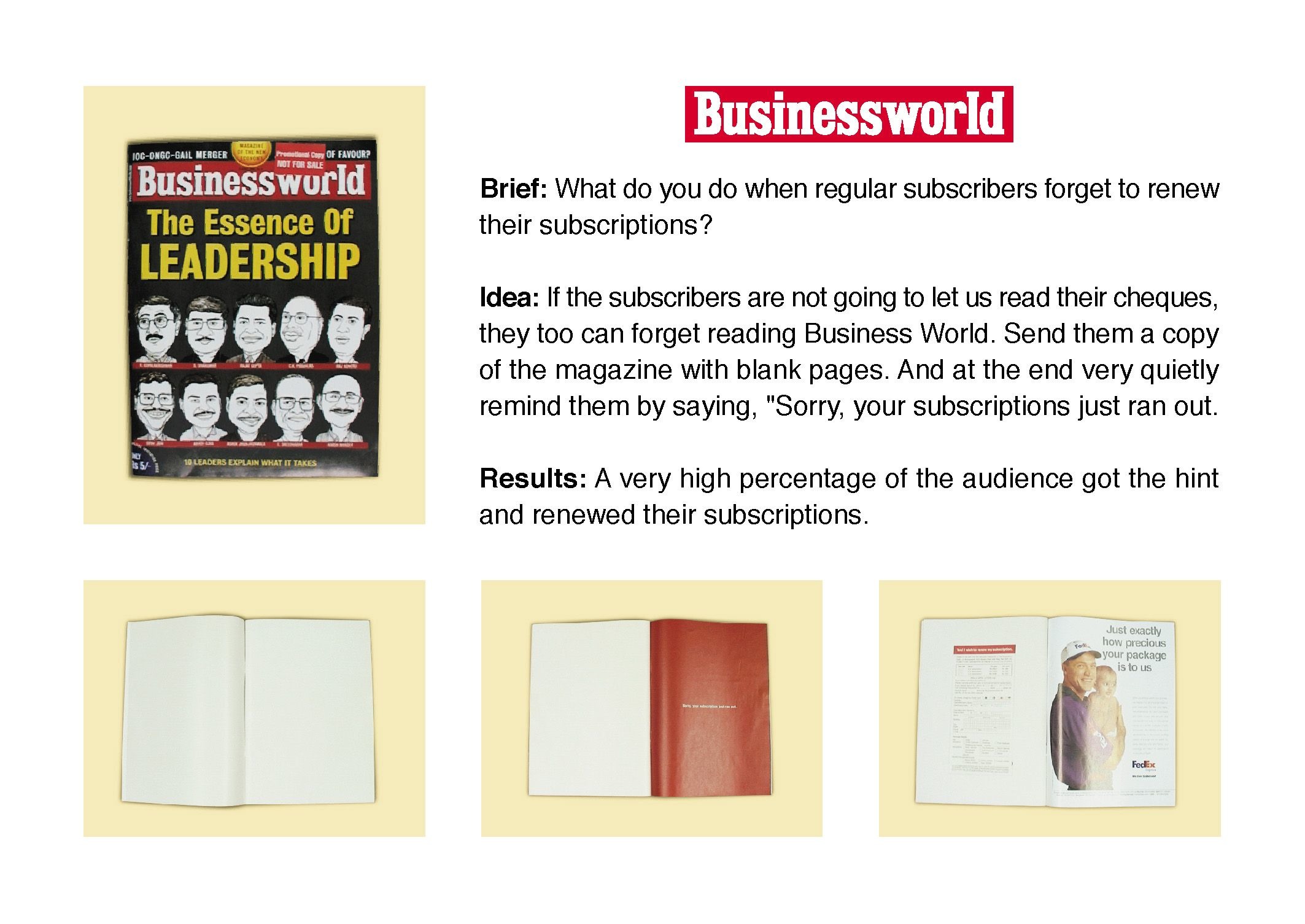Design > Communication Design
ART WITH WATSON
OGILVY & MATHER, New York / IBM / 2016
Awards:

Overview
Credits
Overview
CampaignDescription
“That whorehouse on 53rd Street.”
—MOMA as described by Francis Henry Taylor, Director, Metropolitan Museum of Art—© 1950’s
Up till now, the creation of art has been a purely human pursuit. But art is also about constantly pushing the boundaries of “art”. So we decided to do what no one else had—have artists interpret Watson. And Watson interpret these artists. The result was the world’s first artistic collaboration between artist and machine. Would it really be art in the end? That, of course, is debatable. The quotation above illustrates that point. But involving Watson in the creation of art— and the debate of it’s creation—would be a major success for a technology that’s considered cold, inhuman and sinister. Even more importantly, it might encourage people to collaborate with Watson in other ways. Which is essential to growing our business.
Execution
Here’s how it worked. First, six artists were exposed to Watson’s various programs. (These are called API’s) The artists interpreted Watson’s API’s in an original composition. Then, we had Watson process the work of the artist. And create an original composition based on Watson’s impressions of that artist’s work. A true partnership of creative expression and artificial intelligence. Artist and Watson creating together. Often based on their mutual impressions of one another. We reproduced the resulting artwork as a widely distributed poster series.
Outcome
-Created a poster series for 400,000 IBM employees and the world at large.
-Taught Watson more about the nature of humanity and art. (Watson learns from every interaction.)
-Taught humans to be more open-minded about the non-dystopian possibilities of A.I.
-Pushed the boundaries of art—outward.
-Created an entirely new collaborative art form between artist and AI.
Strategy
How is Watson useful? The surprising answer is: We don’t fully know. Watson’s abilities are growing constantly. But it’s only through fearless experimentation that we discover new and surprising uses for the insights that Watson delivers. We can guess at a lot of it. But really what IBM needs is for people to experiment and play with Watson. Business is where our money is made. But it’s through something like art that a much wider audience can begin to understand how broadly useful artificial intelligence can be. In short, we need to enlist people to help IBM envision what Watson can do—with us. Modern art is really just the next step in the process of exploring and widening the definition of what Watson can do.
Synopsis
Much of IBM’s future depends on the success of its artificially intelligent platform for business—“Watson.” Artificial intelligence (or A.I.) has never hurt anyone. But that hasn’t stopped a wide cross-section of America from thinking that A.I. is sinister. We must change this perception, if we want Watson to gain wider acceptance. Watson learns from people. So far, people have taught Watson to solve complicated problems for business. But what if people taught Watson to do something A.I. has never done before? What if people taught Watson to do something selfless. And expressive? And uniquely human? Something that would make the world see A.I. and Watson—very differently?
More Entries from Data Visualisation in Design
24 items
More Entries from OGILVY & MATHER
24 items













